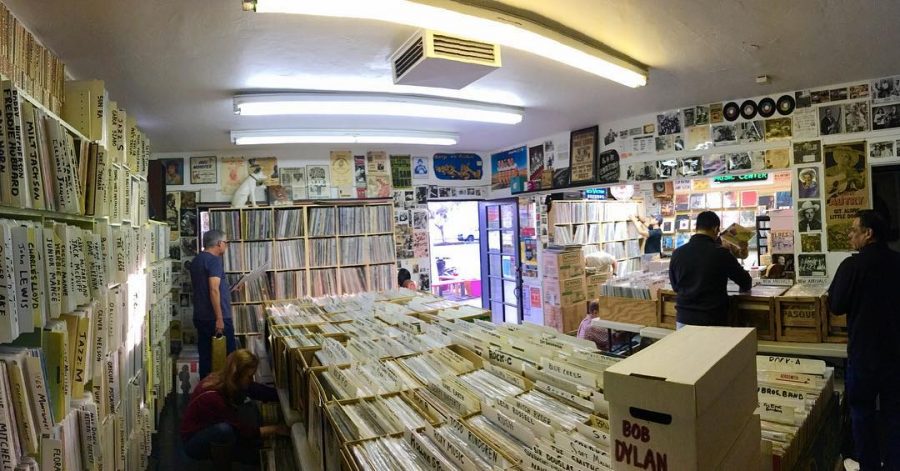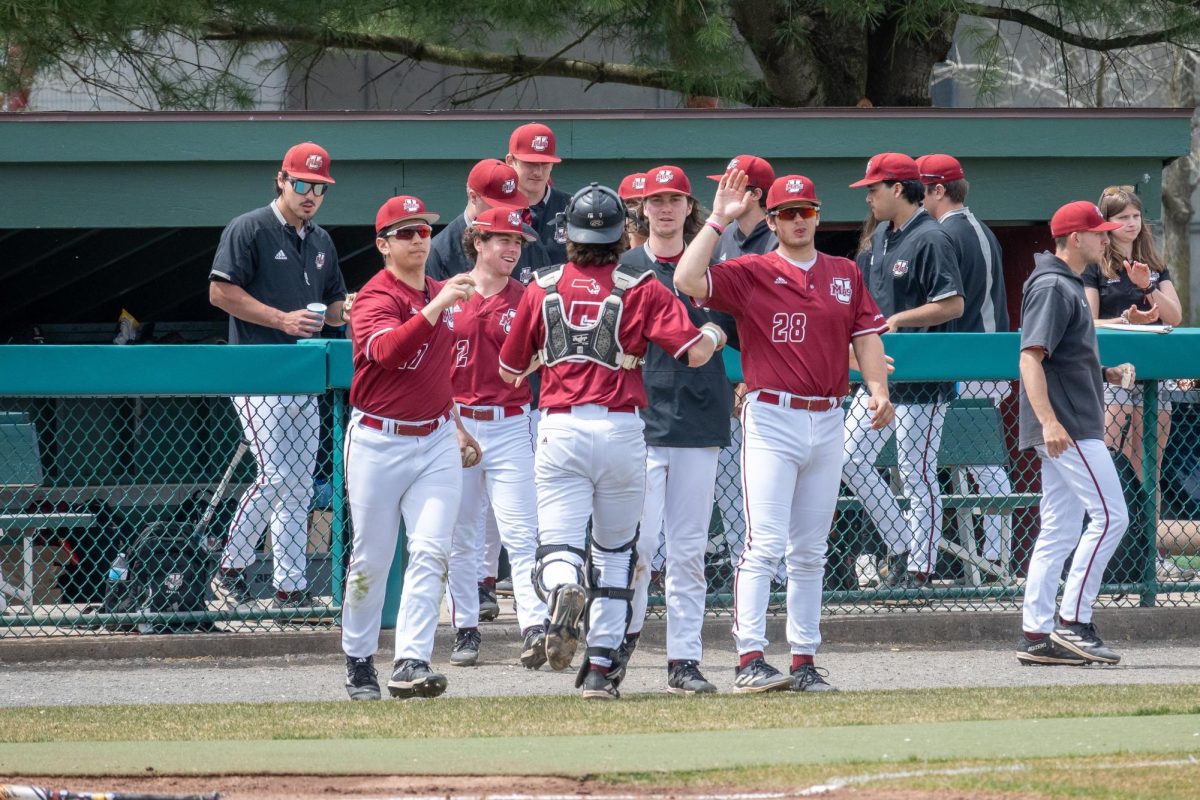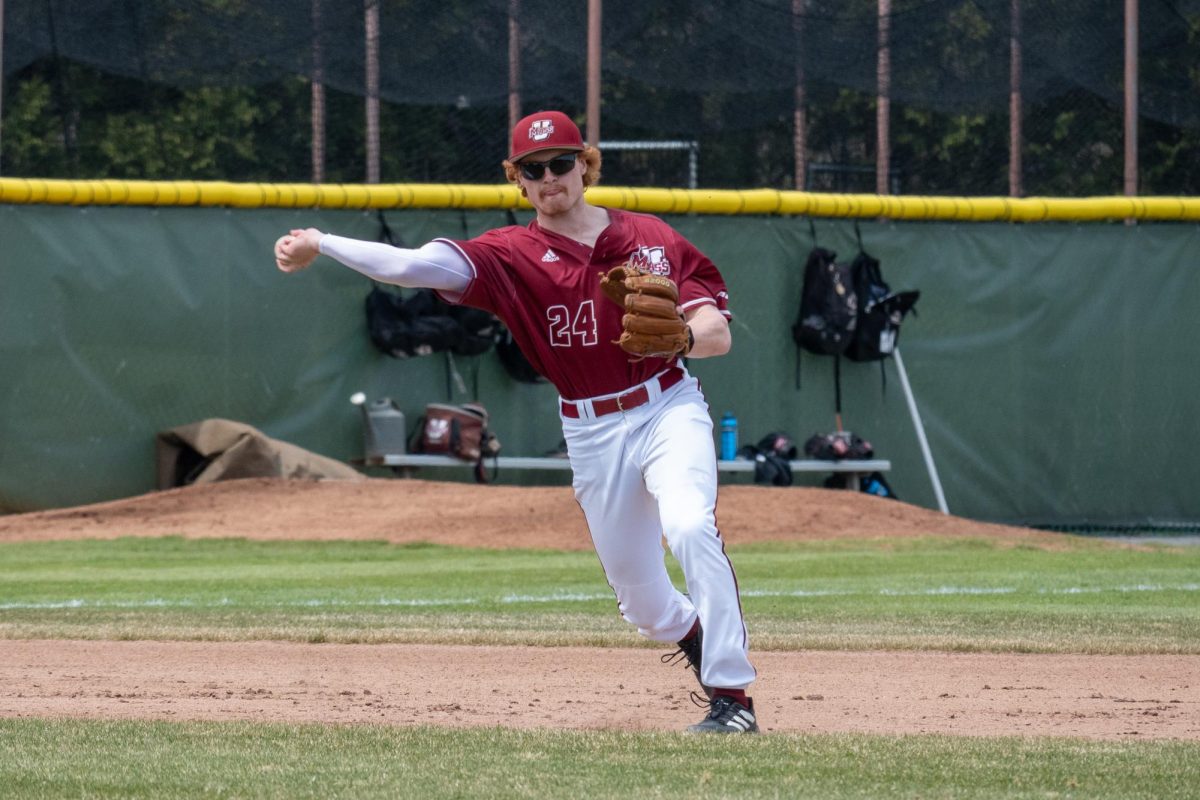Digging into the brain of Hollywood native DJ Cut Chemist is like delving into a collection of over 40,000 LPs, 12s, 45s and acetates. As a founding member of both the hip hop group Jurassic 5 and Latin funk outfit Ozomatli, and after releasing two major critically-acclaimed solo studio recordings, Cut Chemist has established himself as one of the most influential record producers in hip-hop music. Cut has been in DJ battles with Madlib, has recorded with Grammy-winning singer Nelly Furtado and has scratched the turntable alongside the entire Seattle Symphony orchestra. But today, he’s just hanging out, and I had the opportunity to catch up with him prior to his upcoming show at Pearl Street Ballroom in Northampton on April 24, to talk about his music and career as a connoisseur of good sound.
William Plotnick: In your opinion, is the style of hip-hop that you helped innovate, one in which cutting records and using samples is prominent, no longer as relevant in today’s music culture?
Cut Chemist: It peaked in the early 2000s and late 90s, and the culture is definitely going somewhere else. But that doesn’t mean you still can’t do it. I mean, you can say things like that about any movement that is past its peak, but people still do it. Now people just want the frequency and the drugs.
Questions like ‘What is art?’ and ‘How should music be presented?’ What I relate to as art versus what a 20-year-old would might be two different things, but in some cases they’re the same. I think you’re going to get a little bit of both. They’re going to be influenced by things from my generation that have stood the test of time and carried on to their generation, and that’s where I guess we meet in the middle. There are things that I can grab a taste for right now that are more contemporary and share a conversation about that with someone from an earlier musical generation than my own. I think there is a disconnect though, and you can see it at the shows, what people relate to more in this age bracket. It’s interesting to see the way the crowd moves to the music according to their demographic.
WP: Your mid-90s opus EP, ‘Lesson 6: The Lecture EP,’ is said to have brought music theory ideals to hip-hop production. I’m wondering what it was that attracted you to music theory, and how you were trying to apply it here to a hip-hop record.
CC: I wouldn’t credit myself as the first one to challenge the idea of 4/4 time signatures in hip-hop. I’m friends with this guy Mumbles who is a producer. His claim to fame is probably producing the 1998 “A Book of Human Language” by Aceyalone. He was the first person I heard use a 6/4, and I thought, ‘Oh wow? You can do that? That’s cool.’ So, when I did Lesson 6, I was playing with time signatures kind of as an answer to that. But mine was a DJ song, not a rap song. So, I wanted to utilize the fact that I had an instrumental palate without having an MC on the song, and change time signatures within the song. I spent a year kind of putting different time signatures on top of each other to see what worked within the same tempo map; 3/4, 6/8, 4/4 slow, 2/4, and then I put Lesson 6 together as my opus of music theory in a hip-hop DJ song.
WP: You toured the 2010 concept mixtape ‘Sound of the Police’ in an unconventional fashion; instead of using two turntables you instead decided to use only one turntable, a mixer, a loop pedal and all original vinyl pressings. I read somewhere that you did this because performing the mix live in this way would challenge other contemporary DJs as well as yourself. On the tour that you’re currently on now, for your new record ‘Die Cut,’ I’m wondering how you’re going about still challenging yourself as a DJ when performing to audiences?
CC: The way I deliver the music in this set is half performance, half DJ. I want to make people feel the music in a club sense, so a lot of the newer material I’ll play without really performing it, so people can enjoy the music untampered with. I thought that was important for getting people familiar to the music. That way, when they hear it, they can recognize, ‘Oh, I like that song, now I want to go buy the album,’ rather than if I’m turntabling it and they won’t know what the hell the song is, where the song stops, and where I start, or vice versa. I wanted to do both. You know, kids now-a-days love going to the club and getting crazy to new music, so there are sections where I take it to the club and do the DJ thing, and then there are sections where it’s a complete performance, with turntabling and talking to the crowd. So, I mean the show kind of gives you a little bit of everything. Tom Fitzgerald does a lot of visual curation, so you have that. And then I have collaborations with all the people on the tour; El Dusty’s percussionist comes up and plays on my set, Short Cut comes up and plays on my set, I play on El Dusty’s set. So, it’s not just a Cut Chemist show, it’s a whole entire package of sets from the minute the doors open until they close.
WP: You’re a DJ who has spent a good portion of your career collaborating with other DJs to make music. Of course, you worked with DJ Nu-Mark when making music for Jurassic 5, and you’ve created important underground mixtapes with DJ Shadow. Can you explain to me what the process is like when you sit down with such talented hip-hop artists to create something special?
CC: Collaborating with another DJ really depends on who the other DJ or artist is. Sometimes you take the background and you let them steer, and sometimes you steer and let them take the background. It really depends on how easygoing and open they are and willing to collaborate and be the second in command versus always having to be the one who drives the show. You have to be ready to play both roles when you collaborate. So when working with people that can do that, it remains a lot of fun to put something together with those kinds of people. Shadow and Nu-Mark are people I’ve collaborated with time and time again, for that very reason.
WP: What kind of challenges do you see when stepping into the studio for a solo record in comparison?
CC: The process is completely different when you’re on your own. You don’t have anyone else to sound ideas off of, so that makes it a little more difficult. At the same time, you don’t have anybody to compromise your ideas. That becomes an asset. It’s a double-edged sword, with a double-edged grip. You can say, ‘Well, there’s nobody to compromise my ideas, but at the same time maybe I’m crazy and this sucks. So, somebody’s not there to be like, ‘that sucks!’ or ‘that’s good!’ You kind of just have to trust your instincts. Sometimes it’s very lonely, and other times it can be incredibly rewarding.
WP: I’m wondering if you can tell me about the official short film set to ‘Funk Off Megamix’ directed by Tom Fitzgerald. Do you think that the music you make lends itself naturally to visual interpretation? Do you ever even think about visuals when making music and recording?
CC: Yeah! I actually co-directed that film and edited the footage together. It was great working together on it. I do think of the visuals first before the music is finished. So Tom Fitzgerald and I have been working together for 13 years, and he’s always been the one to complete my sentences visually that I give him in audio form. It’s a perfect fit. He’s the equivalent of film digging as I am to music digging.
WP: With your music, you’ve shown that the turntable is something that can and should be utilized as a musical instrument. In your eyes, can anything be an instrument? Even something like a laptop computer?
CC: I think anything can be. If you pick it up and utilize it in a way that is unordinary, it can become innovative and a laptop can be just as innovative as a turntable. The turntable wasn’t meant to be played like an instrument, so why not a laptop?
WP: Do you ever take field recordings while you’re traveling the world on tour, and use that in your music?
CC: I used to do that, but I don’t really do that anymore. There have been times, though. I’m into the genre of field recording, I think it’s interesting. But, unfortunately you can only be into so many things, before it starts to really accumulate into a big pile of mess to where you can’t categorize your life and it’s like a complete background of media, and it feels like you’re swimming in it. You get lost in it. So, I have to kind of pick and choose my battles.
WP: Your record collection is notoriously large. Do you find yourself hitting up record stores throughout the new cities you visit while on tour, in order to search for different obscure records?
CC: Yeah! I do. As my collection gets bigger and bigger I tend to not go out as much and what I’m looking for is more refined. Trying to find things that I haven’t seen before gets less and less as time goes on. But I look for all kinds of stuff while on tour, paper goods, music, any kind of art.
William Plotnick can be reached at [email protected].



















